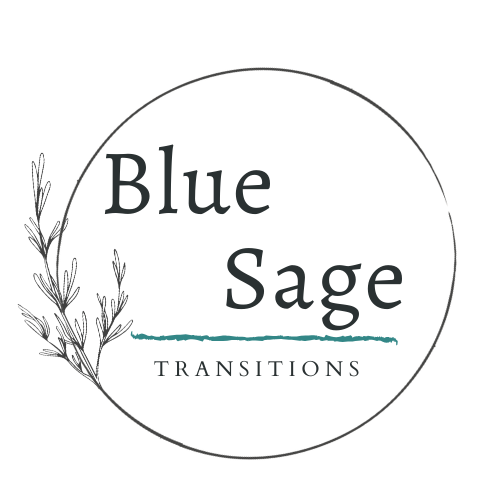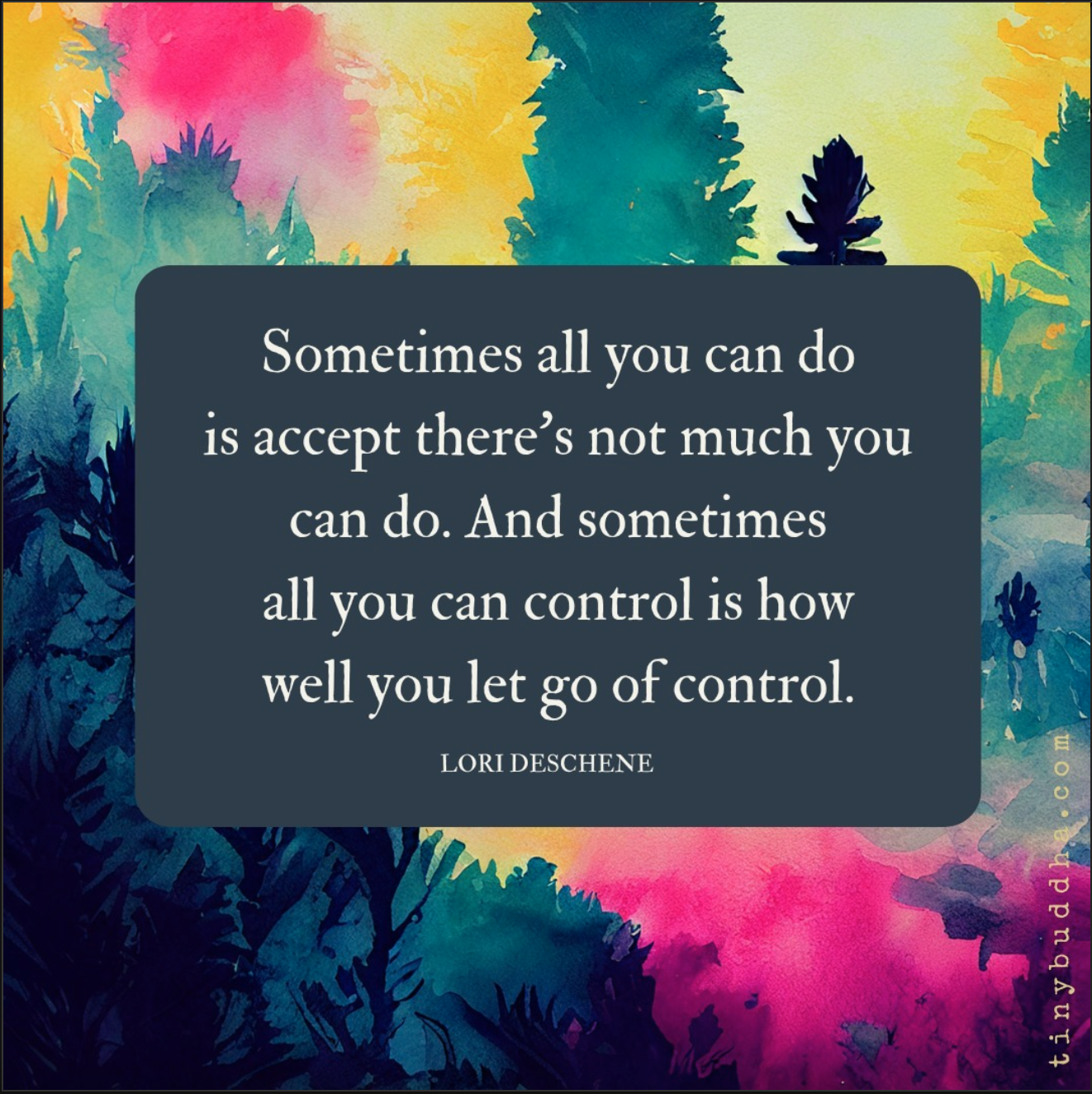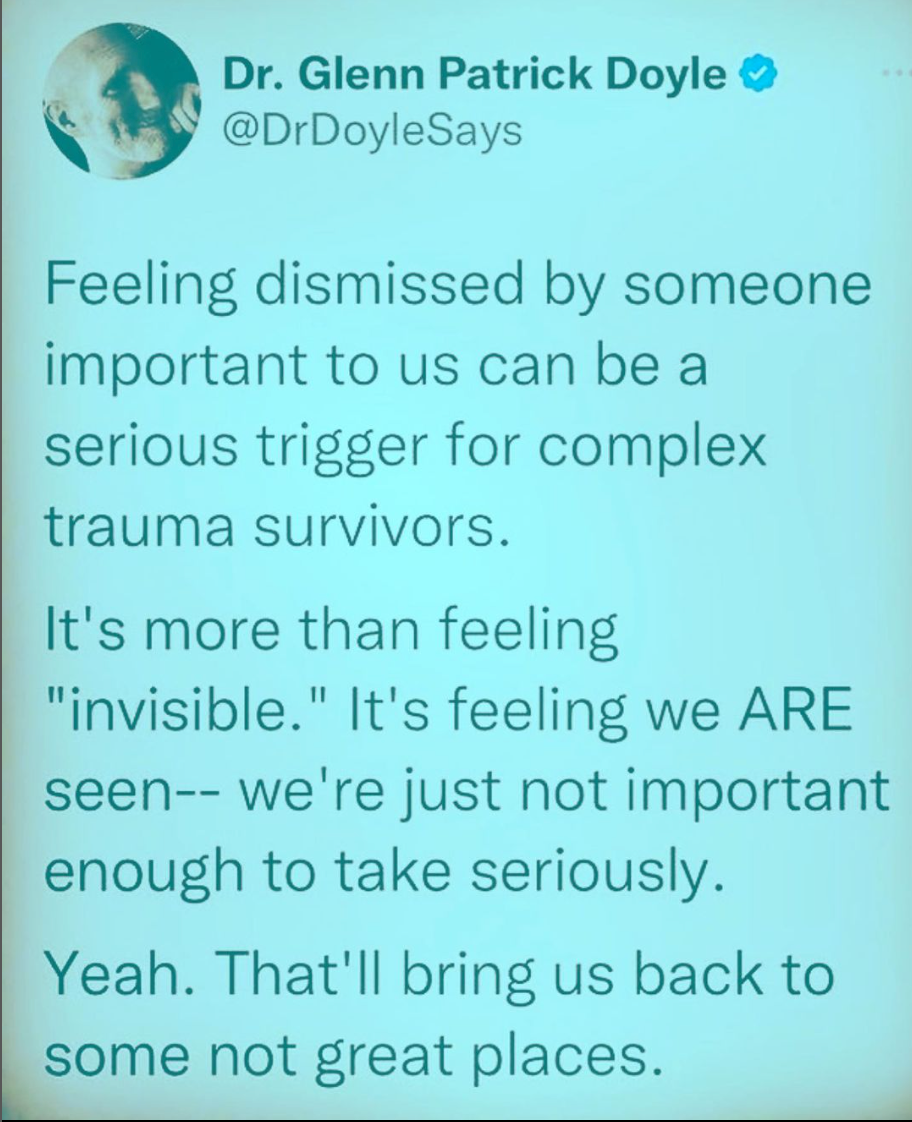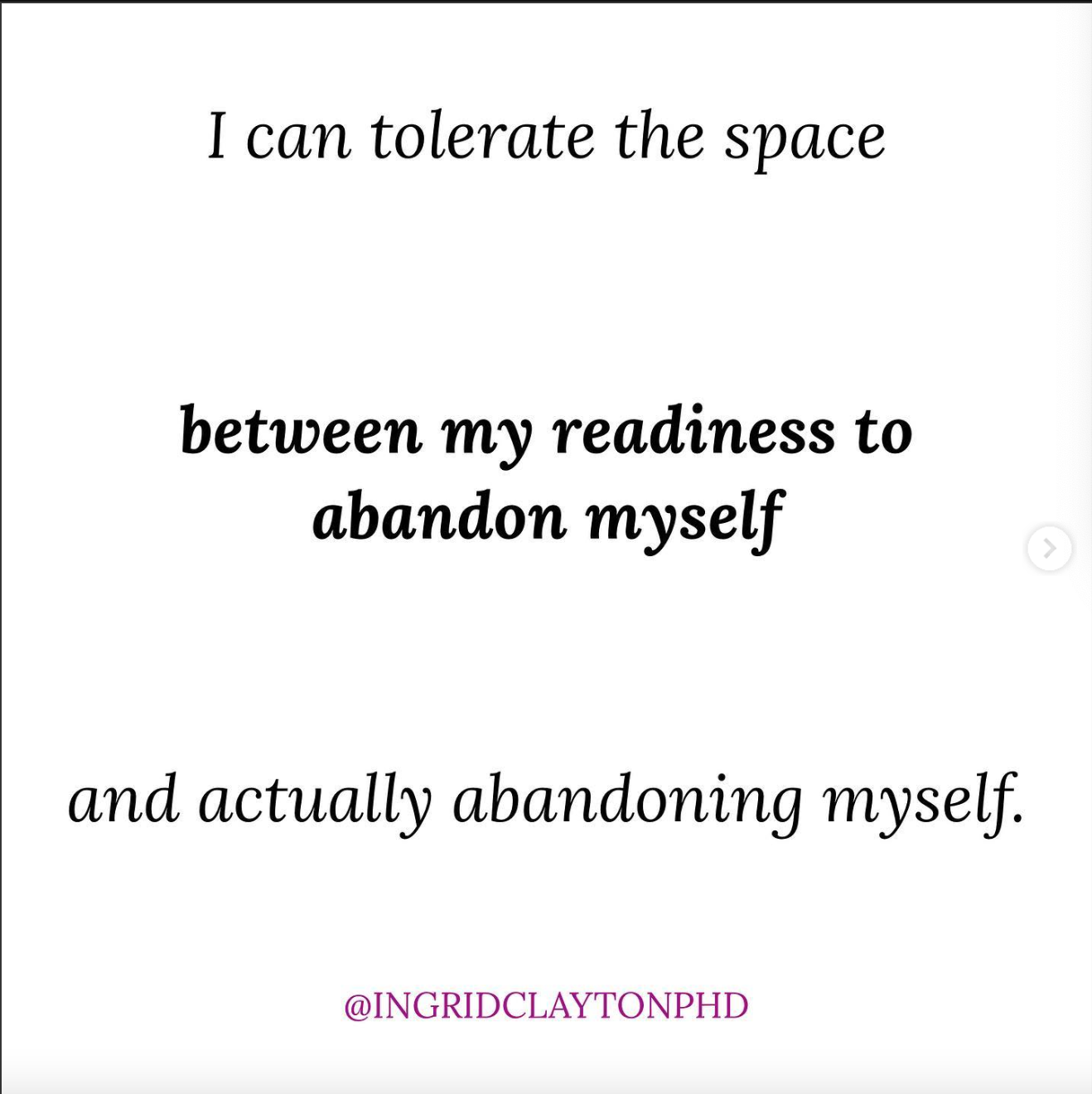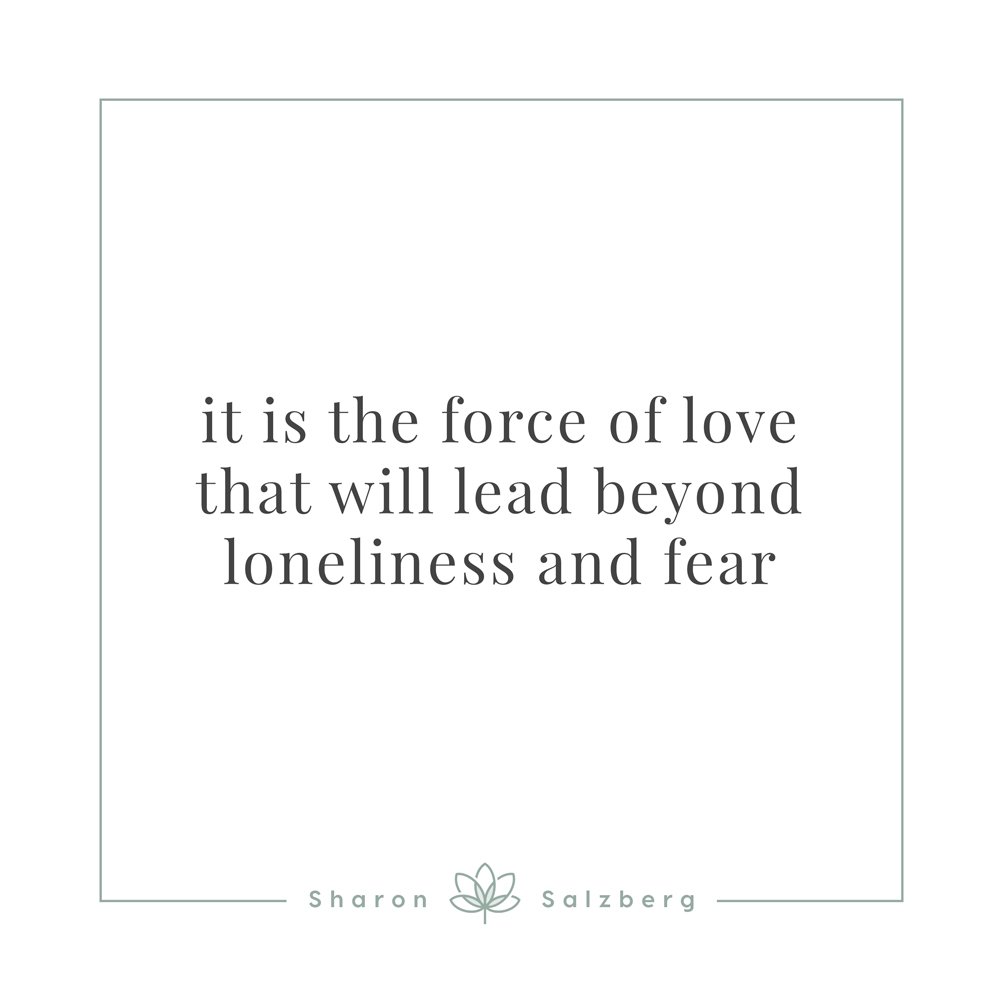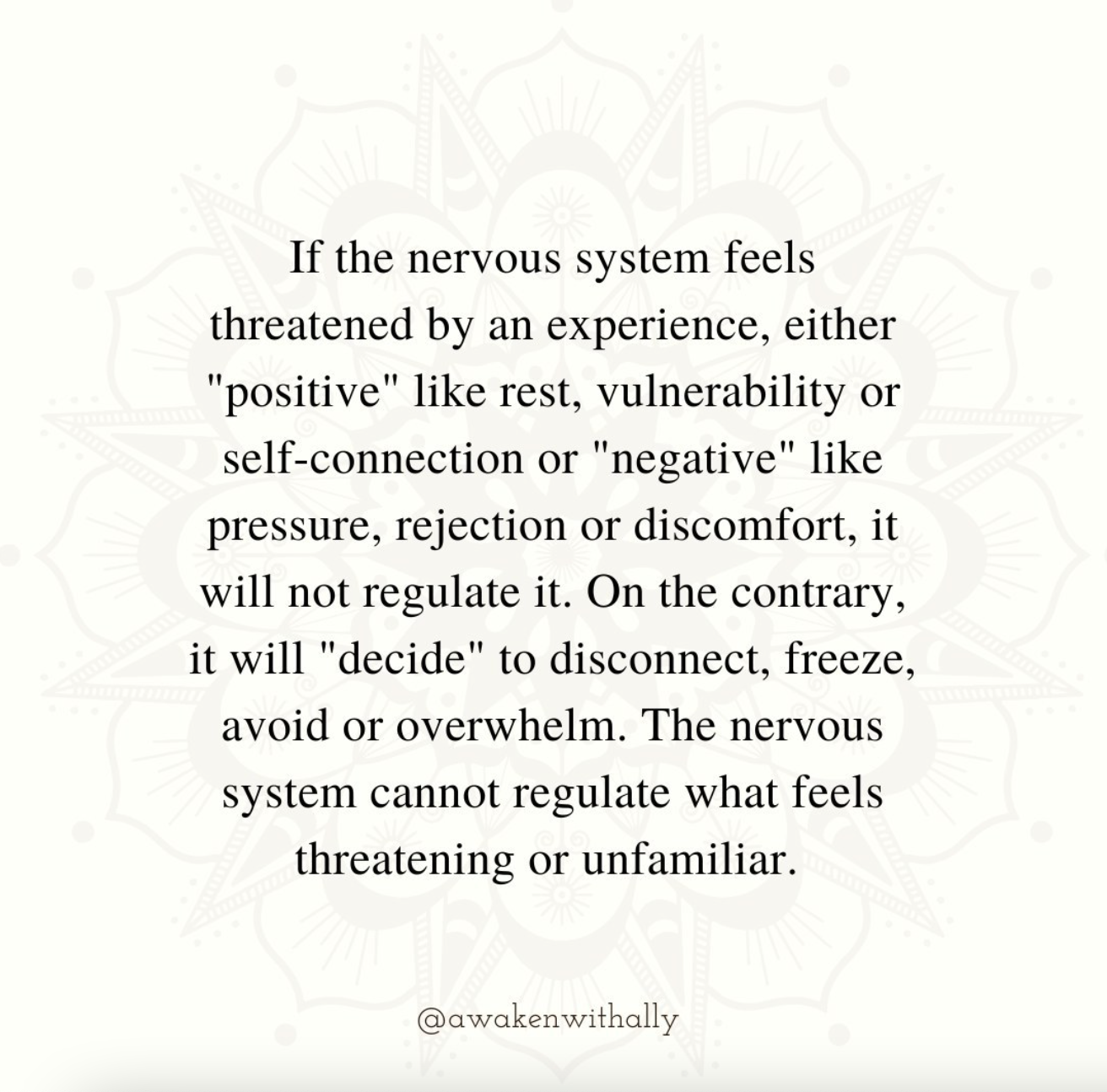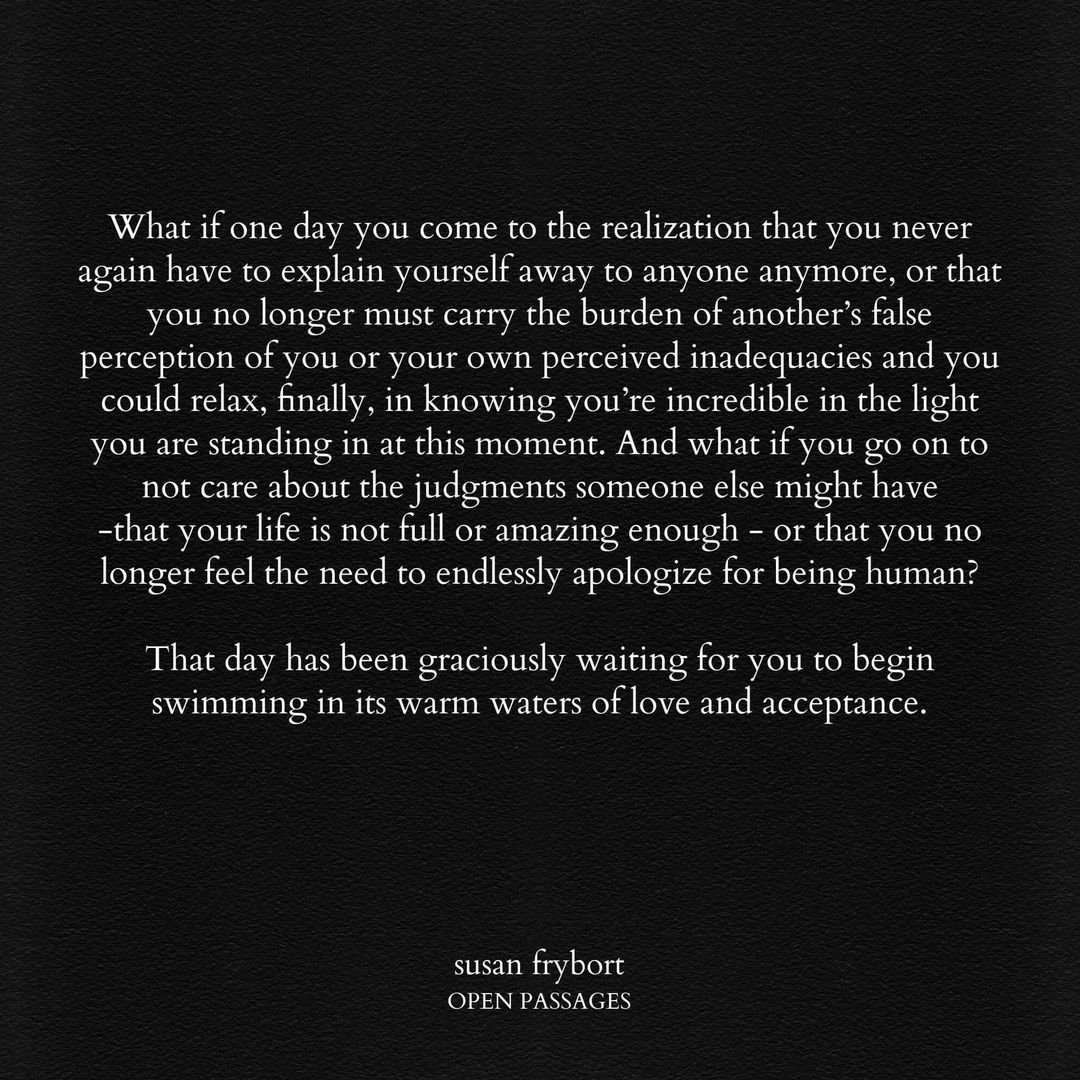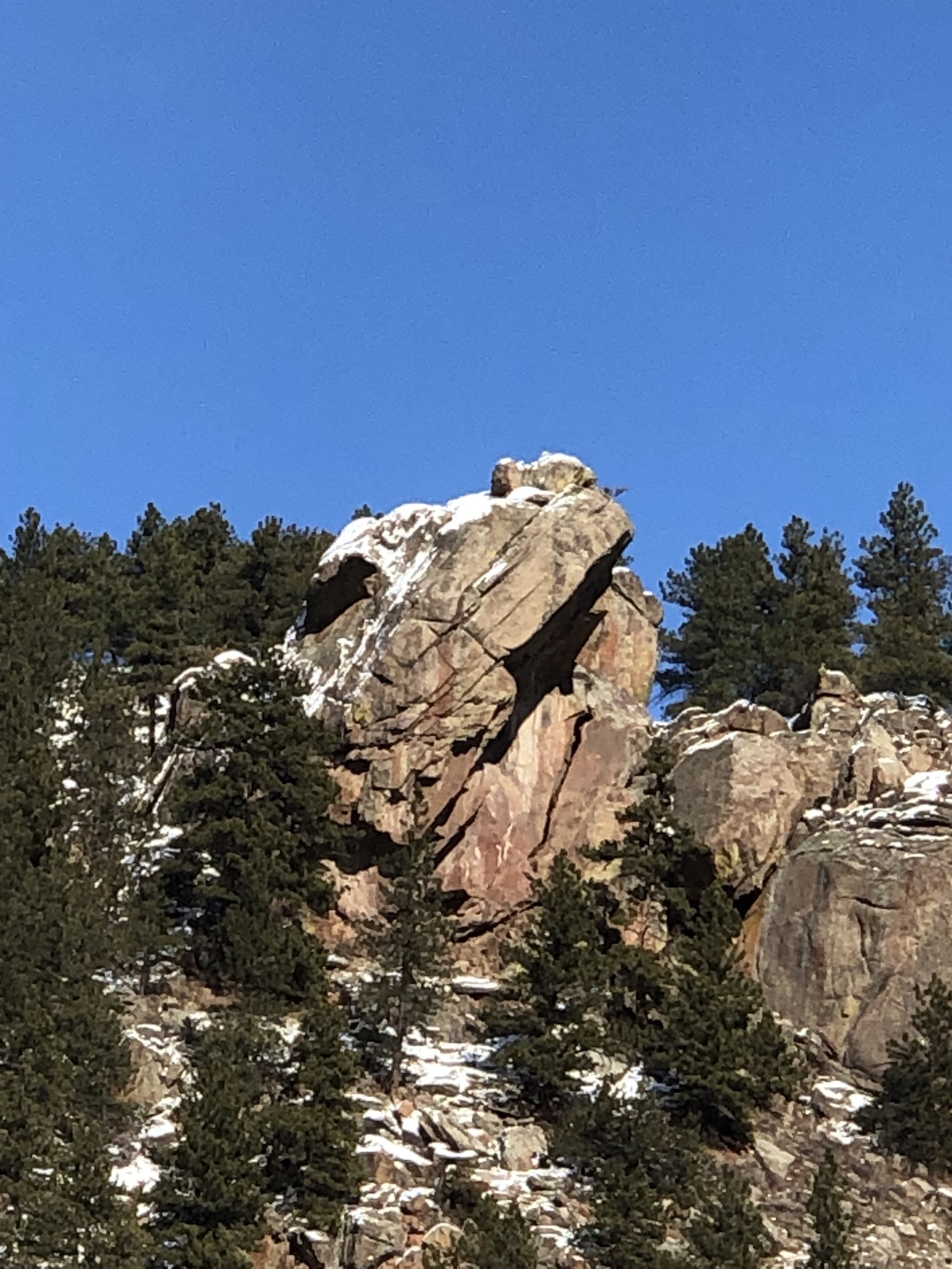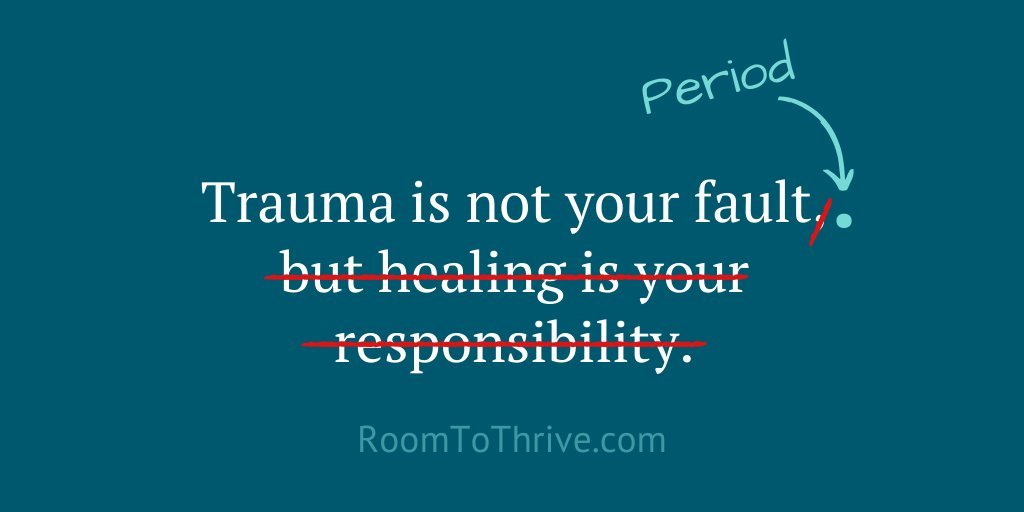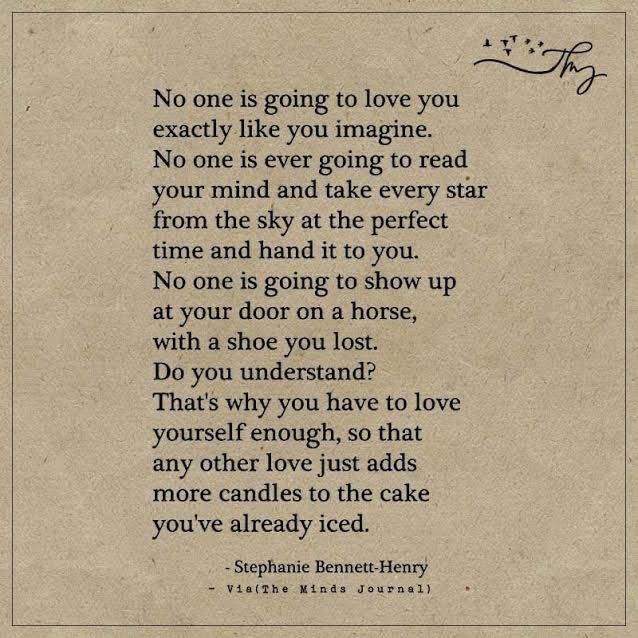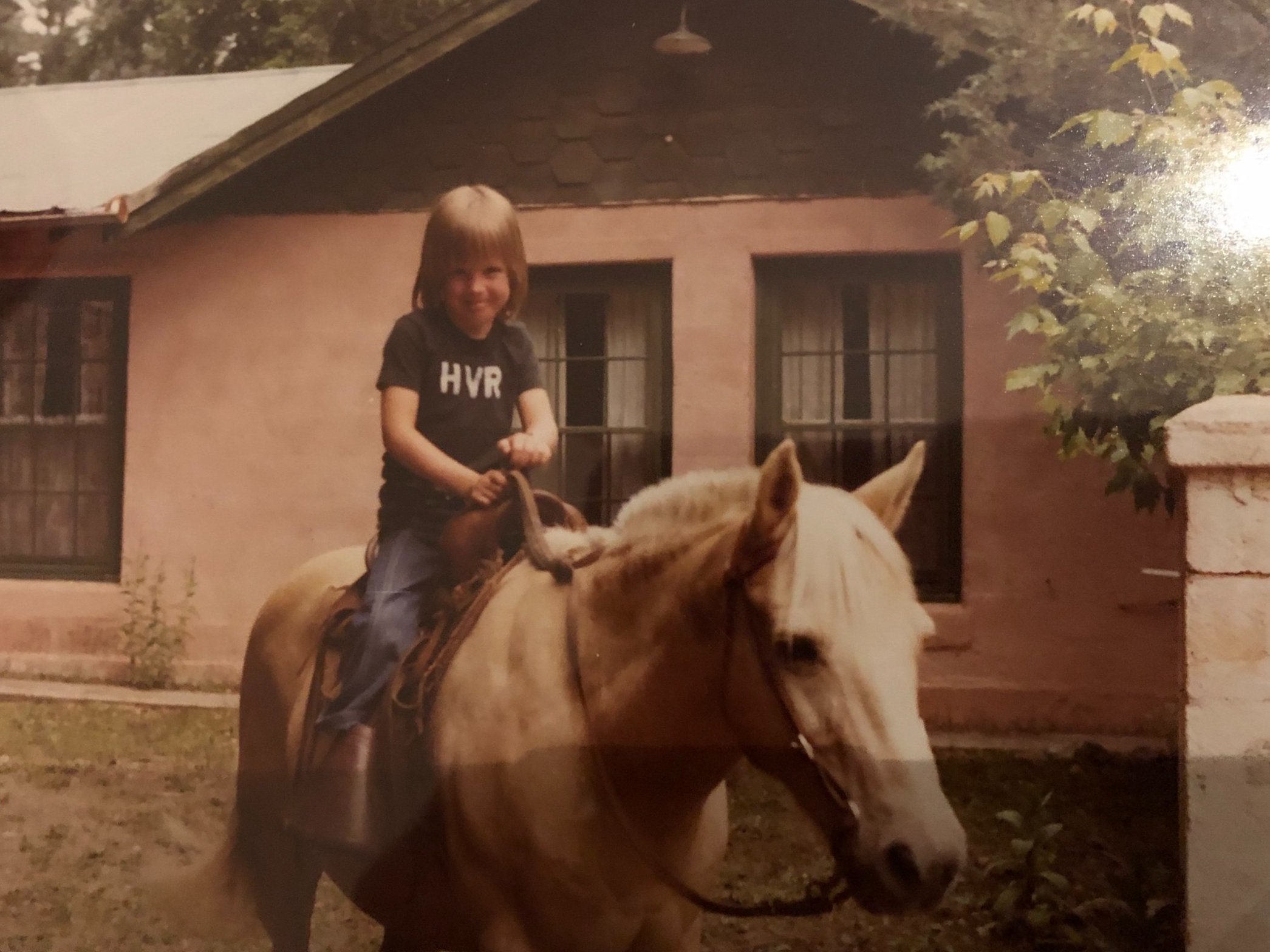"We don't want to strengthen child parts," a respected healer recently said to me. I have since been reflecting on this statement like a koan (and adding a soundtrack to my contemplations for some extra joy).
I especially am considering the implications of these words on my clinical practice, the parenting of my nine-year-old daughter, and this political moment in the United States. In seeking to honestly assess my contributions to this present-day chapter of bald-faced power and greed mongering, I keep slamming into the ways in which I have cleaned up other people’s messes, thereby strengthening my own child caretaking part. In the process, I have colluded with other adults’ deficits of responsibility and self-reflection and depleted my own energy stores. I also have given away precious time, the great non-renewable resource. Instead of engaging in the dirty pain of avoidance, denial, and blame, I'm writing this essay to face and ideally transform this gap between the collective liberation for which I long and the cultural conditioning that too often gets in the way of it.
I agree with Martha Beck that kindness is always creative and so I'll start my reckoning there. Like so many of my clients, I was a child surrounded by unresolved trauma, some of it overt, a lot of it denied. I therefore learned to please and appease the adults around me as a way to stay safe and receive the care I needed to survive. Becoming a mother cultivated a lot more compassion for that little girl within, as I cringe when imagining my own daughter in several—not all, mind you—of the scenes of my childhood. I appreciate the emerging research on the fawning trauma response, as this is not a personal failure but rather a wise adaptation for a child in an environment where trust and emotional attunement are lacking, if not altogether missing. So compassion and patience are warranted for the unlearning of this relational strategy. With the creativity borne of kindness, we can transform the please-and-appease response into a relational approach that includes a strong back, soft front, and wild heart.
I have found truth to be central to liberation, and the truth is that I am now 49 years old, not that exceedingly vulnerable child. The challenge, then, becomes to hold these various parts of me with compassionate curiosity while no longer letting them take over the driver's seat of my life. We're back to the paradox of love: I want to tenderly and fiercely set internal boundaries so that my wise adult self can conduct my present-day reality. A brutally honest and generative teacher for me on this dance has been the late Melody Beattie. As she wrote in her classic that keeps giving:
Many codependents, at some time in their lives, were true victims—of someone’s abuse, neglect, abandonment, alcoholism, or any number of situations that can victimize people. We were, at some time, truly helpless to protect ourselves or solve our problems. Something came our way, something we didn’t ask for, and it hurt us terribly. That is sad, truly sad. But an even sadder fact is that many of us codependents began to see ourselves as victims. Our painful history repeats itself. As caretakers, we allow people to victimize us, and we participate in our victimization by perpetually rescuing people. Rescuing or caretaking is not an act of love.
I mean, oof. That rescuing and caretaking are not acts of love and that I've repeatedly participated in my own victimization have been accompanied by the slightly softer statement I recently heard Beck say in a conversation about her new book: "You are in anxiety if you're trying to control others." The good news is that her statement has the solution embedded within it. If controlling others has been a way to manage anxiety, transforming the anxiety is how we get to genuine freedom.
During my relished morning journaling routine, I have been sitting with the internal distress that arises in response to letting adults resolve (or not) their own distress. Even typing those words now triggers a tightening in my abdomen. So I have been inviting that gut rock to tell me more, to "tell me everything," as Beck advises.
One insight that has arisen is that the young girl within feels powerless in the face of emotionally immature adults' inability to regulate their emotions and own the process of finding solutions to their problems. Little me's powerlessness is terror-filled since it's associated with threatened and actual violence as well as being left alone with her many big feelings. So I have been validating her experience—she was a true victim, for instance, and that wasn’t her fault. I then offer her the emotional safety and attunement she's been craving for decades from a trustworthy adult who will promise to stick around and love her. I think it's worth stating the obvious that I'm the only adult on the planet who can actually vow to stay. She'll die when I do (at least that's what I think is going to happen) so I'm not going to feed her some bullshit line about what other people are going to do for her in this lifetime. She's hip to that kind of deception and isn't having it.
Recently, she and I arrived at a new milestone of trust. I reached my hand out to her as she was facing one of these dysregulated adults and gently guided her away from them. As we began to get some distance by walking together in the opposite direction, my entire body softened and gentle tears—those of grief rather than fear—arose. I heard her say, "Finally, someone sees me!" Her little body was not designed to bear the brunt of those adults' inability to hold themselves, and she needed but did not have an adult to show up and get her out of there. No wonder, then, that she developed all kinds of creative ways to survive such a landscape of imbalanced power and responsibility.
With self-compassion more fully realized, I have started to play. Creatively taking risks in my professional and personal life is requiring a lot of courage. It is also triggering some loss of connection. For example, I recently set a boundary with an adult after they repeatedly tried to yank me into their anxiety. Not catering to their insecurity resulted in me being accused of crankiness. My years-long commitment to rebuilding self-trust, as well as the assistance I have received from genuine helpers, means the projection of crankiness did not sink its hooks into me like it used to. It's an ongoing process, for sure. Yet I am slowly by slowly internalizing the wisdom of Yogi Bhajan:
Thank you, Reddit
If you are willing to look at another person’s behavior toward you as a reflection of the state of their relationship with themselves rather than a statement about your value as a person, then you will, over a period of time cease to react at all.
These scary relational experiments have inspired a visualization that allows me to hold the paradox of simultaneously offering compassion while not taking on responsibility for another's pain. In my Colorado-based imagination, these distressed adults' most wounded parts are in the center of a very large horse pen. Whereas anxiety-riddled me historically would have charged into the center of the corral when that adult said something like, "I am helpless" or "I can't..." I now try to pause. When I remember to slow down, I see that I need to create more space between this adult and me. When I am gearing up to rescue, my body is tense and forward-leaning, like a sprinter right before the gun goes off. I therefore am learning to lean back and feel the support of the chair in which I am sitting. At first, this yielded position spurred shallow breathing and a lot of discomfort, as my torso felt very exposed and that powerless part of me was on high alert. With practice, however, I'm noticing how this increased space between us allows me not to take the caretaking bait.
Instead, I imagine myself leaning backward against the edge of the horse pen and relaxing my arm over the edge of it. I might even have a piece of straw in my mouth. From here, I can stay curious and contact what I perceive might be happening in the other: "So you're helpless." "You see no options." "There's no way out." If the adult across from me is also willing to pause and become curious about this story they’re telling, we have infinite creative pathways to explore that empower rather than re-victimize both of us. I love the collaborative possibilities that Brown and Elliott offer such as, “Let’s together try to understand what happened,” or, “I’ll suggest something and you take it from there.”
If that adult is unwilling to slow down and bring some healthy skepticism to the stories they’re repeating about themselves and/or me, I am practicing the setting of internal and external boundaries. The internal one involves that parentified little girl getting to exit the scene. I like to imagine her going to play with other children under the supervision of a caring and attentive adult who is not me. She therefore gets to be unburdened of caretaking adults' pain and remain a child. The external boundary remains more challenging to be sure, as conflict becomes significantly more likely if I set it directly. That boundary begins with a question like, "Are you willing to investigate this belief that you are helpless?" "Are you willing to use and/or develop creative resources that help you to remember the agency you have right here, right now?" What requires more courage is when there's a refusal to step into their present-day adult self. If aggression is not being hurled at me, I've been trying on some version of the following: "I'm not abandoning you; I will meet you in the field. However, I'm not rushing in to save you. I believe in your ability to author your own life. It's not good for either of us when I take over."
When encountering folks who tend to externalize their aggression, I'm grateful for resources like Mel Robbins' recent interview of trial lawyer Jefferson Fisher. Before I listened to this episode, I had this stereotype in my mind of a bulldog lawyer practically spitting venom at me. So it was a fun surprise to have my caricature challenged by a voice that sounded genuinely kind and reminded me of Matthew McConaughey in A Time to Kill. When interacting with someone who consistently manipulates the truth, Fisher pointed out that silence can never be misquoted. I also loved his advice on how to respond after someone has met us with hostility: "Could you say that again?" What a clever way to shift the responsibility back to the person saying the shitty thing in five short words! I also appreciated his guidance on how to be a wet blanket when someone has clearly demonstrated they don't have the capacity to listen to what we are saying and insist on their version of the truth. A few examples he provided are: "I remember things differently." "I take a different approach." "I don't know enough about that to have an opinion."
This transformation from overly to appropriately responsible with fellow adults is difficult yet simple. As I learned long ago about getting off the Karpman drama triangle, the key task is to take responsibility for only my part of the experience. I recently shared the following Robert Taibbi quote about exiting the Karpman drama triangle with a group of mothers and nonbinary parents:
Adults are peers; they are on the same level in terms of power. I'm responsible for what I think, do, say. If something bothers me, it is my problem. If you can do something to help me with my problem, I need to tell you, because you can't read my mind. If you decide not to help me, I'll need to decide what I'm going to do next to fix my problem. Similarly, if something bothers you, it is your problem. If there is something I can do to help you with your problem, you need to tell me. And if I decide not to help you with your problem, you can work it out. You may not handle it the way I might, but you can do it. I don't need to take over.
I found the pushback on this quote by several group members validating and instructive on where I want to go next with those who are willing. I believe our collective liberation rests in both supporting each other and strengthening our wise adult selves to be the leaders of internal and external systems. As Taibbi notes at the end of that excerpt, we can do it. We neither need to take over the resolution of other adults' issues nor ask for them to fix ours. Rather than getting pulled into the delusion and fear of emotionally immature adults, I keep rooting myself in the following transformative justice principle: we want to support people in holding themselves accountable. When I think about genuinely supportive ways to inspire adults to take responsibility for their own lives, my creative juices start flowing. I feel genuinely excited, not hopeless or re-victimized.
I recently read that 15 percent of the U.S. population knows how to self-reflect. While that may be disheartening to hear, I found that little nugget to explain so much about the current state of this country! As a healer, I am very willing to become more skillful at self-reflection and to help others learn to self-reflect. I also am dedicated to slowing down enough to discern when I am the only adult in the room who is willing to look at how I am participating in whatever is unfolding. As someone who historically has had a lot of rejection sensitivity, I've been enjoying embodying Esther Perel's playful utterance, "You matter, and you don't matter that much." One thing I've learned the hard way is that unresolved shame leads me to make way too much of a fraught interaction about myself and erases my capacity for curiosity. So I've been compassionately sitting with the shame—"Sweetheart, tell me everything." Turns out, healing shame really is that simple and hard.
While recently deleting old emails so as not to pay the tech broligarchy more money for cloud storage, I found a DBT skills worksheet about willingness vs. willfulness. Discerning being a willing participant in our lives from being a willful denier of reality and life itself has been so helpful for getting clear about what's happening in fraught internal and external interactions. As I continue to grow my own distress tolerance, I'm more curious about my own and others' willfulness rather than freaking out in the face of it. Like I said, it's a process.
During this particular Women’s History Month, I am dedicated to seeking out those adults who are willing to be both curious about our interconnectedness and committed to actively participating—to the best of our abilities and with the resources we currently have—in life. Observing how willing my 9-year-old child is to engage fully in her life grounds me in the possibility of adults learning to radically accept their adulthood and jump into the ring of reality. A giant sigh of relief just escaped my lips. As I intentionally turn my attention away from my peers’ disowned pain and toward my own agency, I feel my resolve grow to actively create the future I envision wherein liberation is the rule, not the exception.
